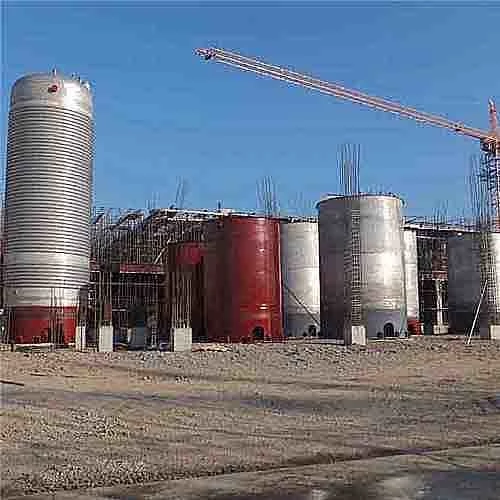Non-Destructive Testing in Pressure Vessel Production (Part Three)

Non-Destructive Testing in Pressure Vessel Applications
Non-destructive testing (NDT) is a crucial aspect of evaluating pressure vessels, offering numerous advantages. However, it is essential to acknowledge the limitations of NDT and the necessity of combining it with destructive testing methods for a comprehensive assessment.
Integration of Destructive and Non-Destructive Testing
In the evaluation of pressure vessel equipment, it is imperative to compare and verify non-destructive testing results with those obtained through destructive testing. For example, while liquefied petroleum gas cylinders undergo non-destructive testing, a blasting test is also recommended. Mechanical analysis of welded joints and, at times, metallographic and fracture tests may be necessary.
Optimal Timing for NDT Implementation
Selecting the correct timing for NDT in pressure vessel inspections is critical. Timing should align with the purpose of testing, working conditions, and the characteristics of materials and manufacturing processes. Specific instances include testing split-joint seal heads after forming and conducting non-destructive tests on materials prone to delayed cracking at least 24 hours post-welding completion.
Choosing Appropriate NDT Methods
Various NDT methods exist, each with distinct characteristics. To enhance reliability, the selection of NDT methods should consider factors such as equipment materials, manufacturing methods, working media, and potential failure modes. Tailoring the approach to the type, shape, location, and orientation of potential defects is crucial for accurate assessments.
Comprehensive Application of NDT Methods
Recognizing that no single NDT method is omnipotent, a comprehensive approach involves using multiple detection methods. By incorporating various techniques, practitioners can gather more defect information, leading to a clearer understanding of the pressure vessel's actual condition. This, in turn, ensures the safe and long-term operation of pressure vessel equipment.
In addition to the outlined methods and characteristics of NDT for pressure vessels, practitioners should integrate the diverse features of various NDT methods. This comprehensive approach enhances the effectiveness of testing, contributing to a more thorough inspection of pressure vessels in practical applications.

